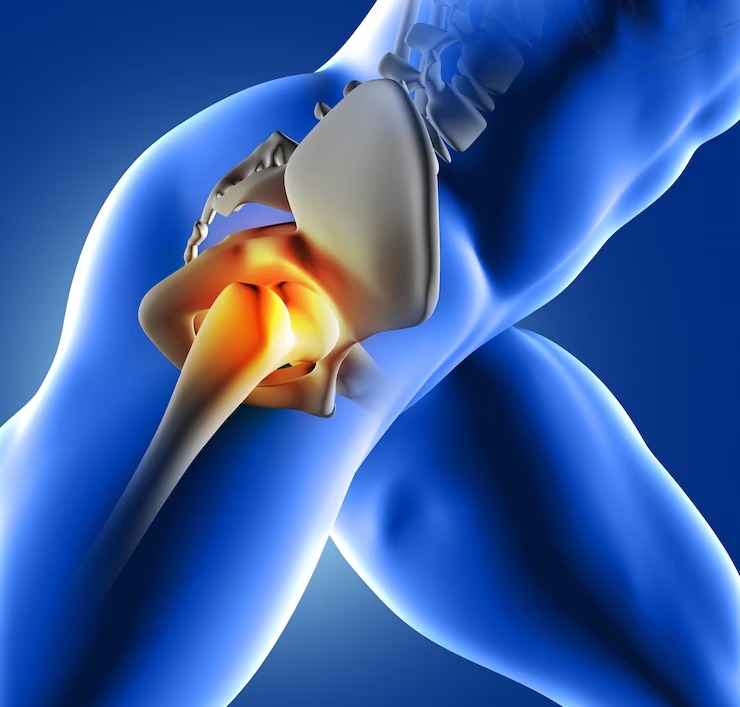Contents
A meniscus tear is a common knee injury that can significantly impact your life. The meniscus is a piece of cartilage in the knee joint that acts as a shock absorber between the thigh bone (femur) and shinbone (tibia). It helps to distribute the weight and provides stability to the knee. When the meniscus gets torn, it can cause pain, swelling, and limited mobility.
Causes of Meniscus Tears
Meniscus tears often occur during activities involving forcefully twisting or rotating the knee. Some common causes include sports-related injuries, such as sudden pivoting or cutting movements, or direct trauma to the knee, like a hard tackle. Degenerative changes due to aging or wear and tear can also make the meniscus more prone to tears.
The Impact of Meniscus Tears on Your Life
A meniscus tear can significantly impact your daily life by causing physical limitations and persistent pain. Simple tasks like walking, climbing stairs, or standing for extended periods can become challenging and painful. The knee may feel unstable, making it difficult to engage in once enjoyable activities, such as playing sports or exercising.
Emotional and Psychological Effects
In addition to the physical limitations, meniscus tears can have emotional and psychological effects. Dealing with chronic pain and restricted mobility can lead to feelings of frustration, helplessness, and even depression. The loss of independence and the inability to participate in previously enjoyed activities can take a toll on one’s overall well-being.
Impact on Work and Daily Activities
Meniscus tears can interfere with your ability to perform your job effectively, mainly if it involves physical labor or requires prolonged standing or walking. The pain and restricted mobility can also affect your ability to carry out routine daily activities, such as household chores or taking care of children. This can result in decreased productivity and a diminished quality of life.
How Surgery Can Help
Surgery is often considered for meniscus tears that do not heal independently or when conservative treatments fail to provide relief. The two main surgical options for meniscus tears are:
Meniscus Repair: In this procedure, the torn edges of the meniscus are sutured together, allowing the tear to heal naturally. Meniscus repair is typically recommended for tears in the outer edge of the meniscus, with a good blood supply.
Meniscectomy: In a meniscectomy, the surgeon trims away the damaged portion of the meniscus. This procedure occurs when the tear is in the inner two-thirds of the meniscus, where blood supply is limited, and healing is less likely.
Rehabilitation and Recovery
Following meniscus tear surgery, rehabilitation is crucial in restoring knee function and minimizing complications. Physical therapy exercises are prescribed to improve strength, flexibility, and range of motion. Complete recovery may take several weeks to months, depending on the severity of the tear and the individual’s healing process.
Success Rate and Outcomes
The success rate of meniscus surgery varies depending on several factors, including the location, type, and severity of the tear. Generally, meniscus repair has a higher success rate in younger patients with tears in the meniscus’s outer edge. Meniscectomy is a more common procedure but may increase the risk of long-term complications, such as early-onset arthritis.
Conclusion
Meniscus tears can significantly impact your life, causing pain, limited mobility, and emotional distress. Surgery can be an effective treatment option for meniscus tears that do not heal with conservative measures. It aims to alleviate pain, restore knee function, and improve overall quality of life. However, the decision to undergo surgery should be carefully considered in consultation with a healthcare professional, weighing the benefits and risks associated with the procedure. Rehabilitation and post-operative care are essential for a successful recovery.

